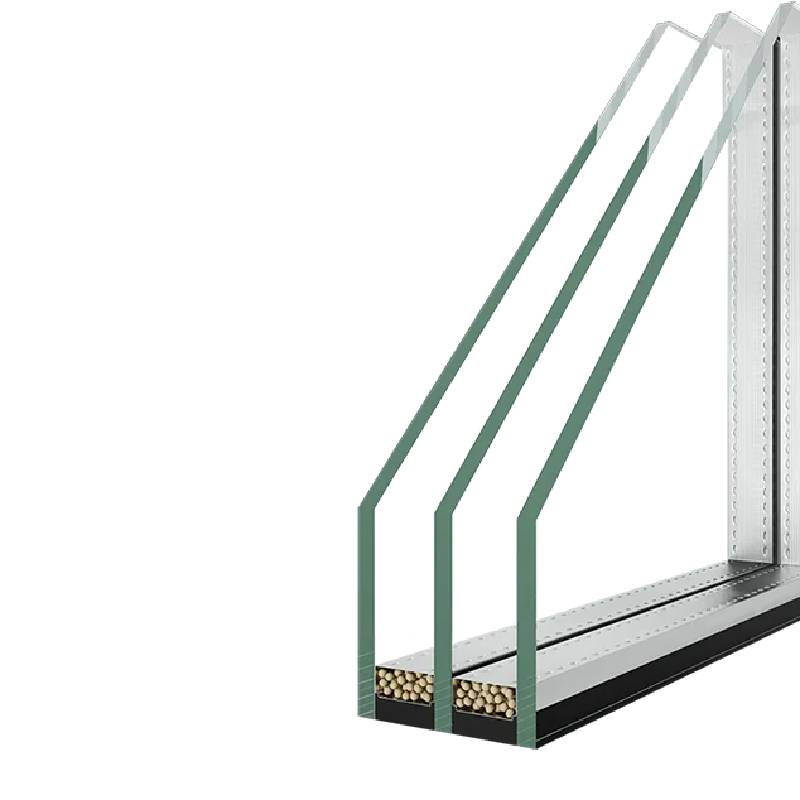

Understanding the Types of Tinted Glass
Tinted glass has gained considerable popularity in both residential and commercial applications, primarily due to its aesthetic appeal and functional benefits. By integrating color pigments into the glass during the manufacturing process, tinted glass helps to reduce glare, enhance privacy, and block harmful UV rays. This article delves into the various types of tinted glass, their unique properties, uses, and advantages.
1. Solar Control Tinted Glass
Solar control tinted glass is specifically designed to minimize solar heat gain while allowing natural light to enter a building. This type of glass is treated with special coatings or embedded with metallic oxides that reflect the sun’s rays. Commonly used in commercial buildings, office spaces, and large windows, solar control glass can significantly lower energy costs by reducing the need for air conditioning in warmer climates. The most popular tints in this category include bronze, gray, and green, which offer different aesthetic options while effectively managing heat and glare.
2. Gradient Tinted Glass
Gradient tinted glass features a color transition from dark to light, creating a visually appealing effect that can enhance architectural designs. This type of glass works well in a variety of applications, from office buildings to residential settings. Gradient tints can provide privacy without completely blocking natural light, making them an excellent choice for spaces like bathrooms or conference rooms where light and ambiance are equally important.
3
. Reflective Tinted GlassReflective tinted glass is coated with a thin metallic layer that reflects solar energy while still allowing visible light to pass through. This type of glass is particularly effective in reducing glare and increasing privacy, especially during the daytime when the reflective surface appears almost like a mirror from the outside. Reflective tints are often used in skyscrapers and commercial buildings to enhance not only energy efficiency but also visual appeal. Common colors for reflective glass include silver, bronze, and blue.

4. Low-E Tinted Glass
Low-E (low emissivity) tinted glass combines the benefits of thermal insulation with a tinted appearance. This glass is treated with a special coating that reflects heat back to its source, keeping interiors warmer in winter and cooler in summer. Low-E tinted glass is ideal for energy-efficient buildings and can contribute to LEED certification for eco-friendly designs. Many manufacturers offer a range of tints and coatings, allowing architects and builders to choose the right balance of heat control and aesthetics for their projects.
5. Colored Tinted Glass
Colored tinted glass is manufactured by adding pigments to the glass mixture before it is melted and formed. This type of glass comes in various colors, including blue, green, and amber, allowing for custom applications in design and architecture. Because the color is embedded in the glass, it maintains its hue over time and does not fade under UV exposure. Colored tinted glass can be used in decorative elements, stained glass windows, or as a creative way to segment spaces while providing an artistic touch.
6. Safety and Security Tinted Glass
Safety and security tinted glass is designed not only for visual appeal but also for protection. This type of glass is treated to withstand impacts, making it suitable for high-security environments. The tinting can deter intruders by making it difficult to see inside the building while still allowing natural light. Common applications include banks, schools, and other facilities that prioritize safety without sacrificing aesthetics.
Conclusion
Tinted glass offers a range of functional and aesthetic advantages, making it an essential component in modern architectural design. With various types to choose from, ranging from solar control and reflective options to gradient and safety glasses, architects and builders can tailor their selections to meet specific needs and preferences. Whether for energy efficiency, privacy, or design flair, tinted glass continues to be an invaluable asset in creating beautiful, functional spaces.